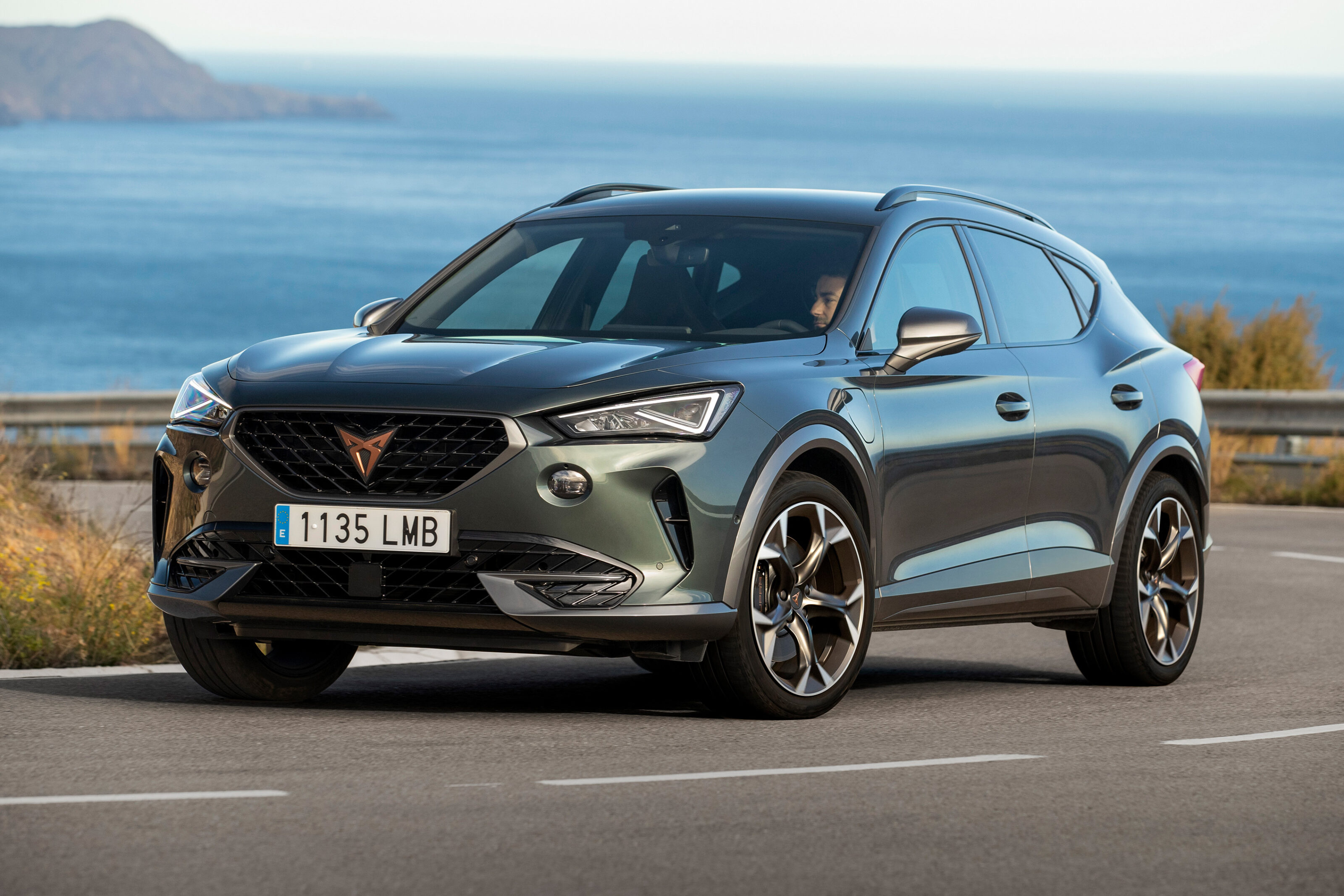Snapshot
- Practicality not sacrificed for style
- Base model not short-changed for dynamics, equipment or interior quality
- Petrol versions thirsty but efficient plug-in hybrids drive well
- Upcoming five-cylinder performance flagship to be left-hook only
Cupra, the ostensibly Spanish performance brand that rocketed out of mere sub-brand status with the Volkswagen Group’s Seat marque, is on its way to Australia.
Frankly, we wouldn’t have expected it – but VGA knows there’s an insatiable appetite in Australia for performance-focused passenger cars, and the German giant knows a profit line when it sees one.
The brand will hit Australia in early 2022, launching with the Ateca, León, and the Formentor hot SUV you’re about to explore in the lines below.
UPDATE, February 8, 2022: Dan Gardner drives the Formentor E-Hybrid.
UPDATE, June 25, 2021: Cupra’s Australian line-up has now been announced.
The story to here
June 24, 2021: Cupra Formentor, international first drive
Cupra is the upmarket sister brand to Spanish car-maker Seat and it’s rolling out its first bespoke model, a crossover-SUV mash-up called the Formentor. It’s a distinctive-looking hatchback-on-stilts that will turn heads with its on-tiptoes stance and a badge none of your mates will have seen before.
The range is growing with new cheaper models, extra powertrains from entry-level, 110kW V1 to the plug-in E-Hybrid models capable of driving up to 60km on electric power and a rabid all-petrol 228kW range-topper.
Quick recap: What exactly is the Cupra Formentor?
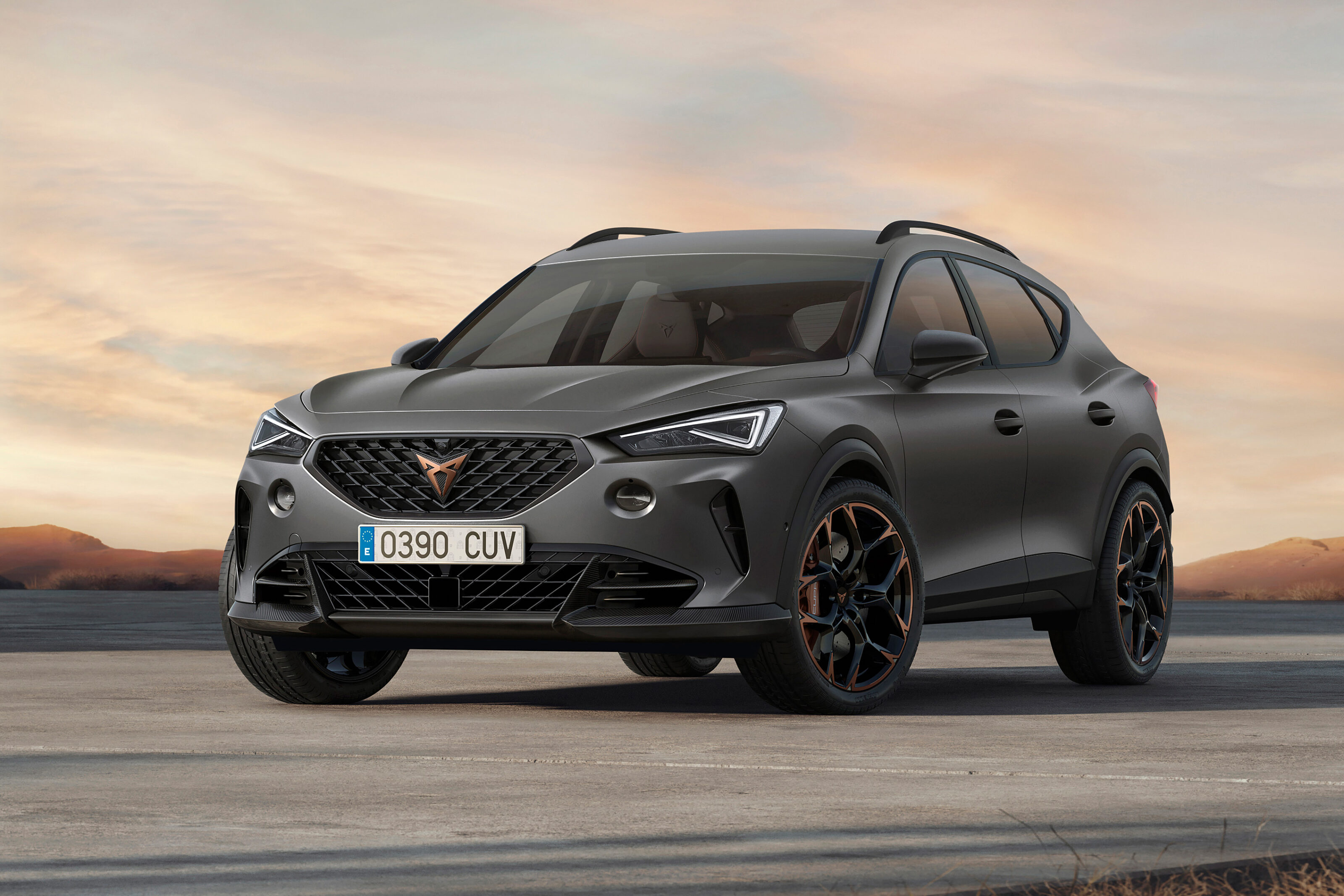
For Cupra’s first two years of standalone existence, it strapped high-performance engines into and go-faster bodykits onto the Leon and Ateca cars of its alma mater, Seat. Now the brand has added the unique Formentor, which will only be available as a Cupra, with that cartoonish superhero pincer badge.
The range starts with the entry-level 110kW V1. Running a 1.5-litre turbo-petrol engine and front-wheel drive, this ‘coupe SUV’ costs £27,395 ($A50,187) in the UK; three more petrol engines and a choice of two plug-in hybrids complete the range but there will be no diesels, at least for Britain. A five-cylinder uber-Cupra won’t be too far behind, although it will only be available in left-hand drive.
Coupe SUV, they say… What’s that, and how big is it?

The Formentor is a mid-size crossover, whose rivals include the Volvo XC40 and Audi Q3. The Cupra is a little longer than its Seat Ateca stablemate but notably the roof sits some 100mm lower. That makes it look like a high-riding wagon, on big wheels (18-inch standard, 19s tested) pushed out to the corners of the car. The passenger cell is set back, accentuating the length of the bonnet, a classic German premium design trope. It’s a beefy, handsome design.
One peppered with distinctive flourishes, such as Cupra’s trademark matte paint and lavish use of copper tone, even down to the optional Brembo calipers grabbing 18-inch discs on the 4Drive VZ. The pale gloss sills and wheelarch trim that contrast with the body colour feel fresh, there’s not an ounce of chrome, and a tiny Formentor script in the rear lamp is the only mention of the model’s name. All good. Using Seat’s grille and headlamp graphics undermines the independent brand message though.
The new Cupra rides on VW Group’s MQB Evo architecture, the second-generation of the VW Golf/Audi A3/Seat Leon’s transverse-engined, front- and all-wheel-drive components set. That means a choice of rear axles: a torsion beam for the 110kW petrol and a 2.0-litre diesel (which won’t be sold in the UK), and a more sophisticated multi-link set-up for other Formentors.
And what’s it like inside?
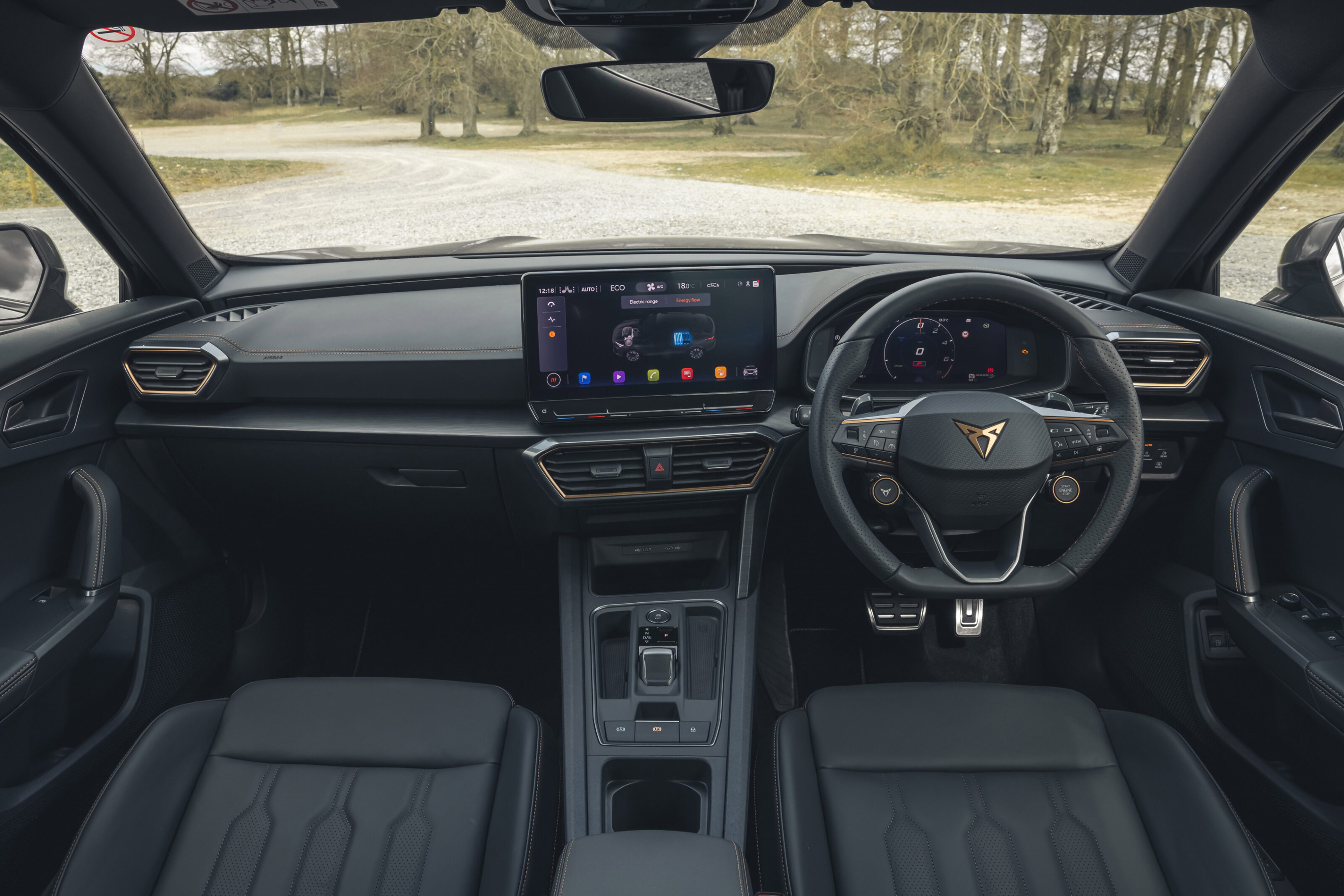
Step inside the Formentor and you’ll discover a plush, well-built and spacious cockpit, with seating for five. The wide boot stows 420 litres of cargo (450 on the 110kW petrol due to its more compact rear axle, 345 litres on the hybrids as batteries eat up space). Rear bench occupants have plenty of legroom and headroom.
The seats are supportive and comfy, with plenty of side support on the basic cloth-trimmed V1 models: the go-faster VZ Edition has sporty buckets tailored in blue leather, which feel cosseting with their curved backs. Drivers who like to get close to the road can, thanks to a decent amount of seat travel.
Look around to see VW Group’s stubby gear selector (facilitated by shift-by-wire tech with no mechanical link), and a lovely orange LED strip that rings the dashboard’s prow. If you have the upgraded Safety and Driving Pack, it also glows more intensely under the side mirrors to signify something’s in your blindspot: a nice touch.
On the road in the entry-level 1.5-litre V1 Formentor
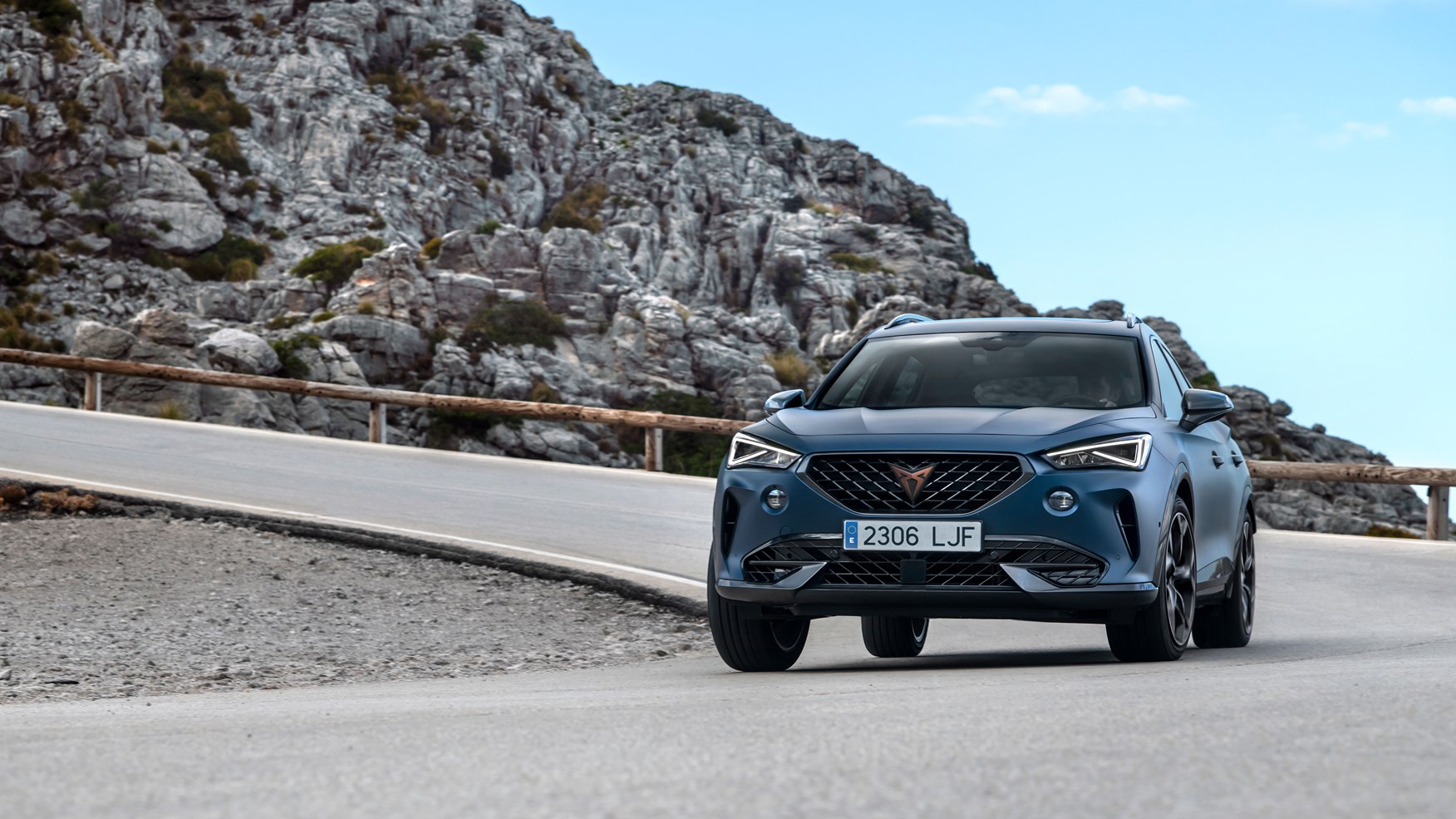
Twin digital screens – 10-inch customisable instrument binnacle, 12-inch touchscreen – are both standard. The latter runs the standard navigation (with connected features including live updates to traffic, parking and fuel station prices), wireless Apple CarPlay and digital radio. Also standard are wireless charging, four USB-C charging sockets, keyless entry, 18-inch black and silver alloys, cruise control, lane assist and automated emergency braking.
Let’s start in the entry-level V1 model, which feels premium-quality with its copper accents on vents and steering wheel, big, central touchscreen angled towards the driver and well-crafted materials. The seven-speed, dual-clutch DSG gearbox lifts the price to £28,825 ($A52,823); the only option fitted here is £880 ($A1613) camouflage green metallic paint. This more than lives up to its billing, disguising itself as grey until sunshine brings out its subtle verdant hue.
The 1.5-litre four-cylinder turbo engine is familiar from all those VW Group cars listed earlier. It’s hushed on a cruise, vacuum cleaner-gruff under load, and winningly punchy across the rev range. Peak torque of 249Nm is delivered from a nice and low 1500rpm, and it can whisk this base Formentor from stationary to 100km/h in 8.9sec. That doesn’t sound quick but you won’t find it wanting in everyday driving.
Ride and handling: Formentor for fun
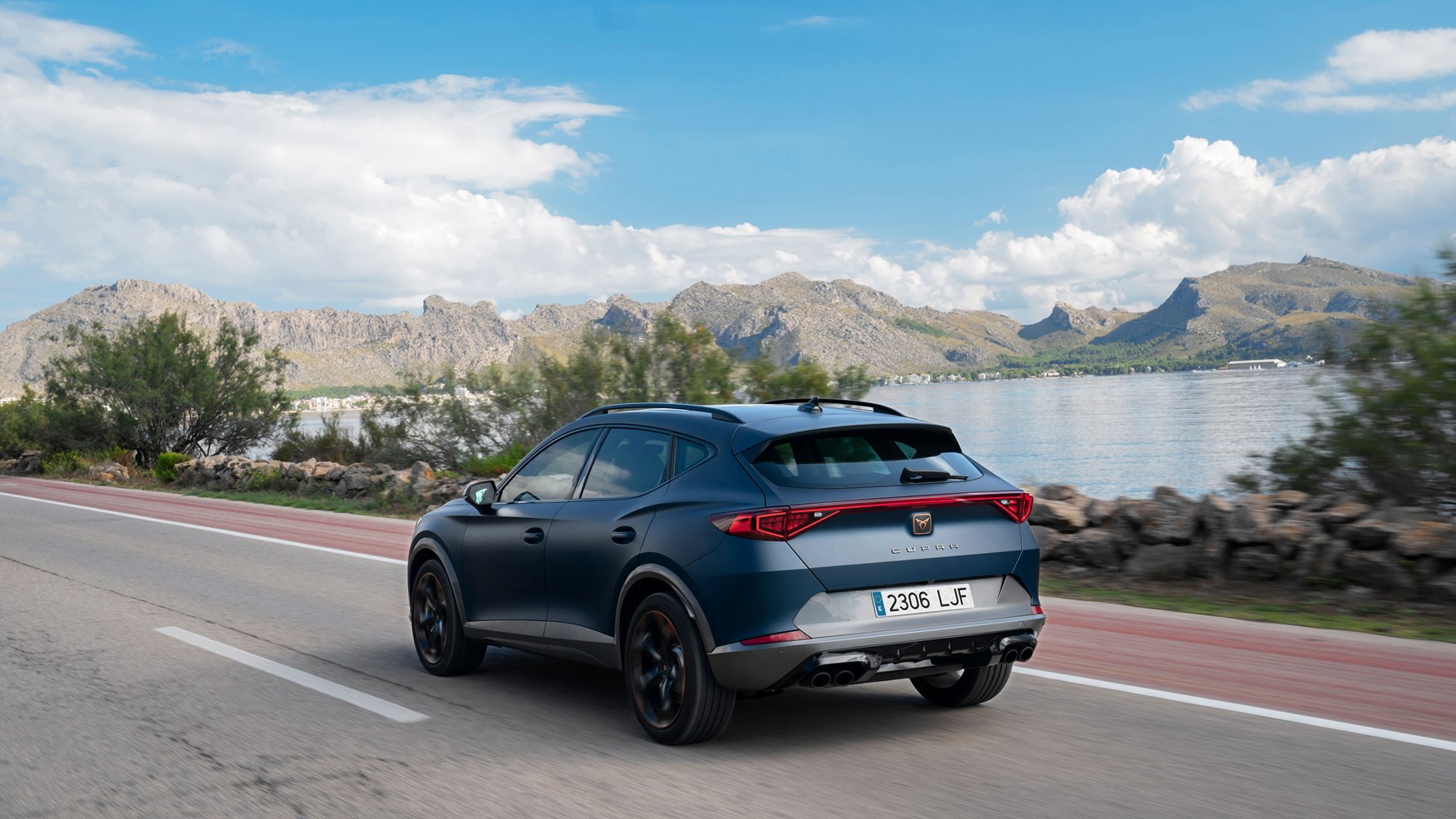
Cupra is being positioned as a sporty, premium brand, an Alfa Romeo of Spain if you will. And even this base, 1463kg Formentor walks the walk, with a taut suspension that keeps the body well lashed down in corners. Ride quality is firm but not harsh, and this pays back with decent dynamics and handling.
The steering feels light but lithe, responding nicely to inputs. And the MacPherson strut front end generates loads of grip, and there’s an innate sense of stability: line up a sweeping corner, and you can jiggle the steering with adjustments as you get back hard on the power, and the Formentor hauls you through. It’s sprightly and enjoyable, not tottering and roly-poly like some higher SUVs.
And even this base, 1463kg Formentor walks the walk, with a taut suspension that keeps the body well lashed down in corners
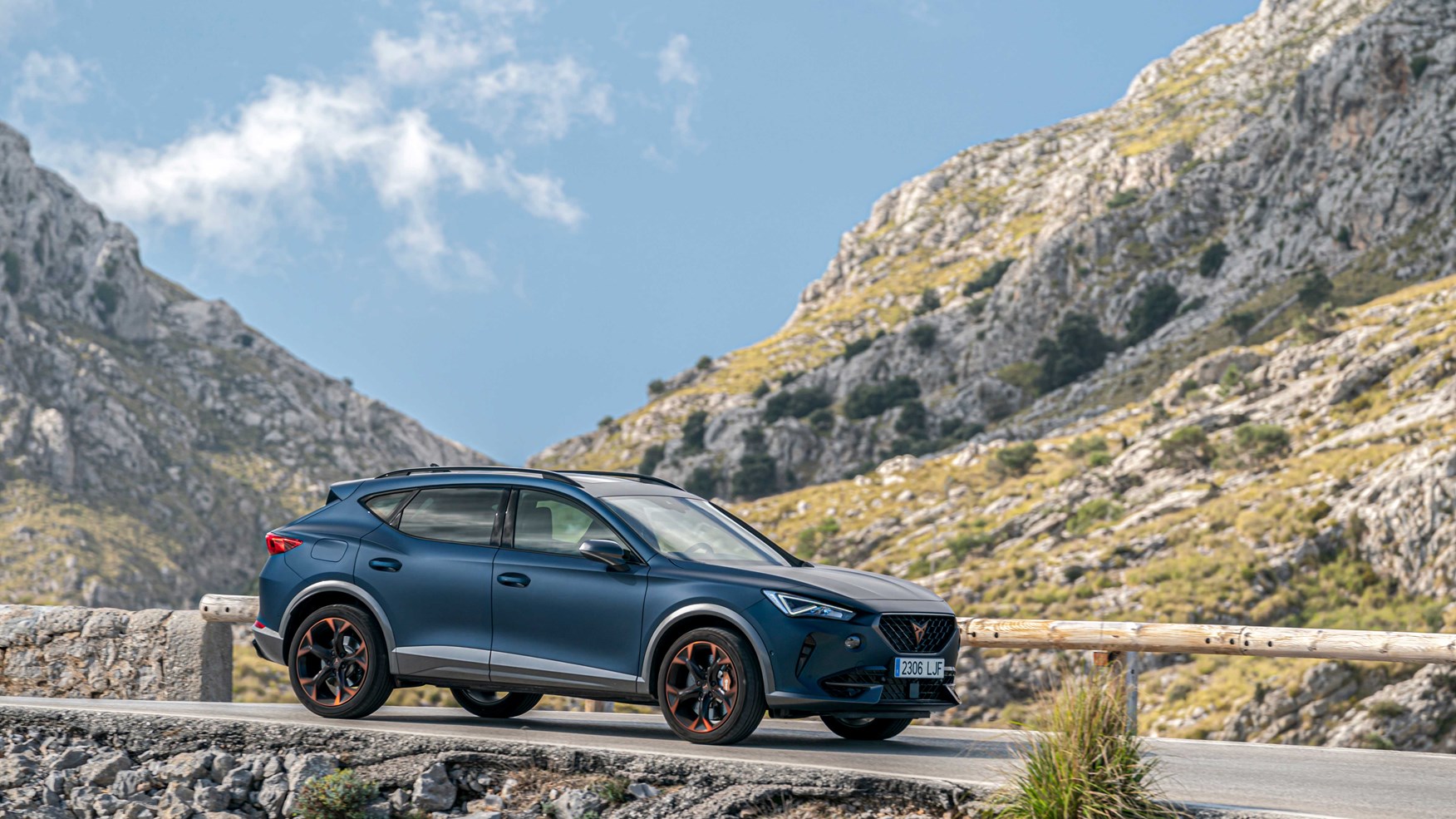
On our 100km test route mixing British motorways, B-roads and urban spurts, the Formentor V1’s trip computer averaged just over 9.4L/100km. Some way off the official 6.7-7.2L/100km consumption rating for this model, which emits 151g/km of CO2, even though a couple of cylinders take a siesta to save fuel under light load.
The Formentor’s pretty quiet on a 110km/h cruise, with the odd whistle of wind around the front pillars, or grumble of Continental EcoContact 6s on scarred surfaces. If you fiddle with the Drive Profile menu, Sport mode slightly boosts steering weight and changes the engine map to keep you closer to its sweet spot, but that’s largely it. Nothing too techy like adjustable dampers – if you want maximum tunability, it’s time for the steroidal 4Drive VZ Edition.
Cupra Formentor E-Hybrid review
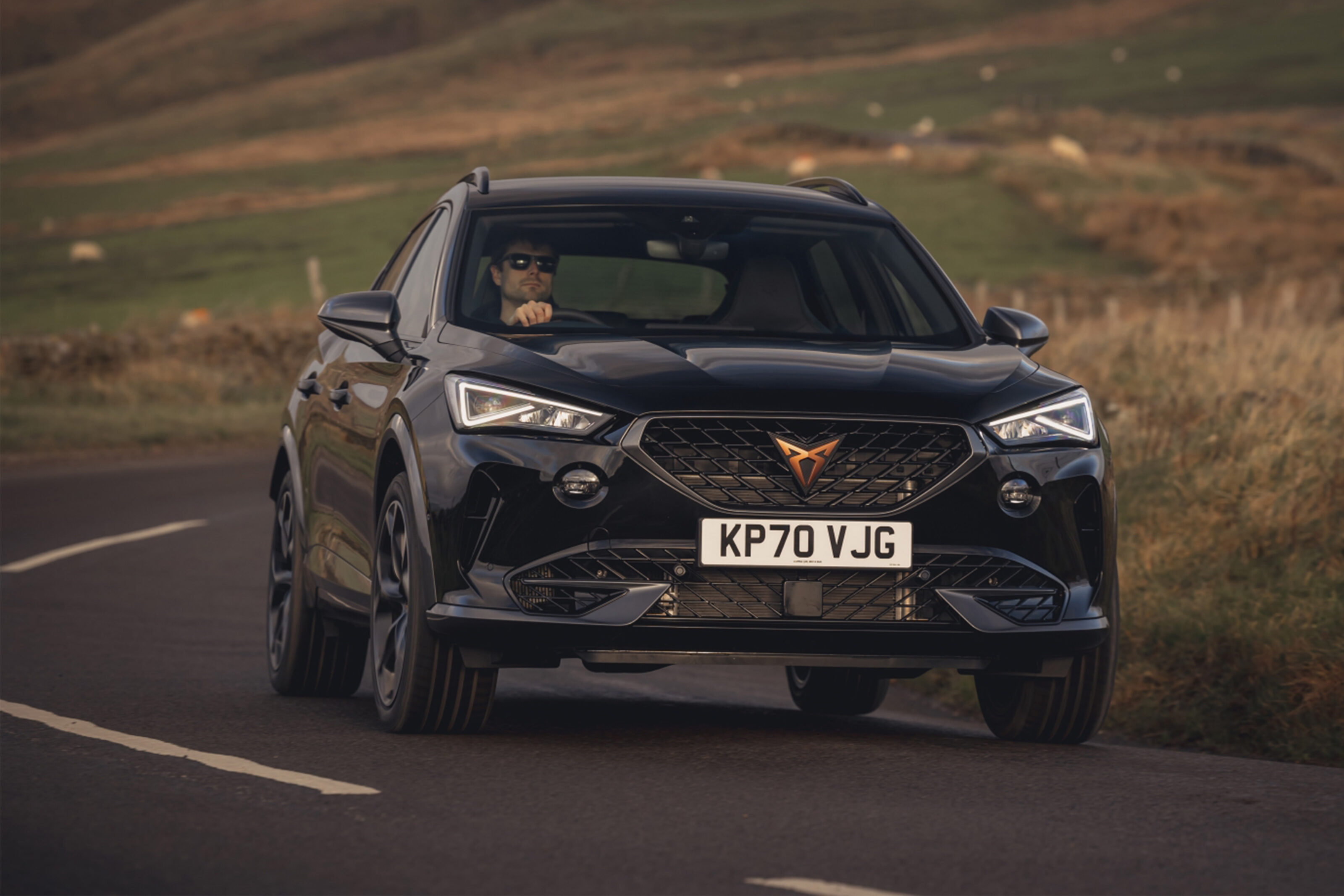
We’ve now tested the first plug-in hybrid models too – with a choice 150kW or 180kW models. That’s total system output, and the 85kW electric motor is standard in both, supplementing the 1.4-litre 110kW TSI petrol engine. Three-quarters of hybrid buyers are set to pick the less powerful model.
A 13kWh lithium-ion battery sits under the boot floor, with enough capacity for a claimed all-electric range of 55km (150kW E-Hybrid) and 60km (180kW). We tested the more powerful model and found this to be typically optimistic, managing 34km on e-power in mixed country and town driving in the British winter. We suspect if you creep around a city centre at lower speeds in summer, you’ll stand a decent chance of getting closer to those claims.
These plug-in hybrids (PHEVs) are front-wheel-drive only (4Drive is not possible in the electrified MQB Evo platform), and the acceleration on offer is quite startling in the 180kW model: it feels quicker than the 7.0sec 0-100km/h claim, and there is a noticeable squirm and torque steer if you stand on the throttle with a full charge, even with the XDS electro-braking to manage traction. It’s riotously quick when needed, but driven more sensibly the E-Hybrid impresses, as it metes out the power from its twin motors sensibly and subtly. You’re rarely aware of which power source is propelling the car.
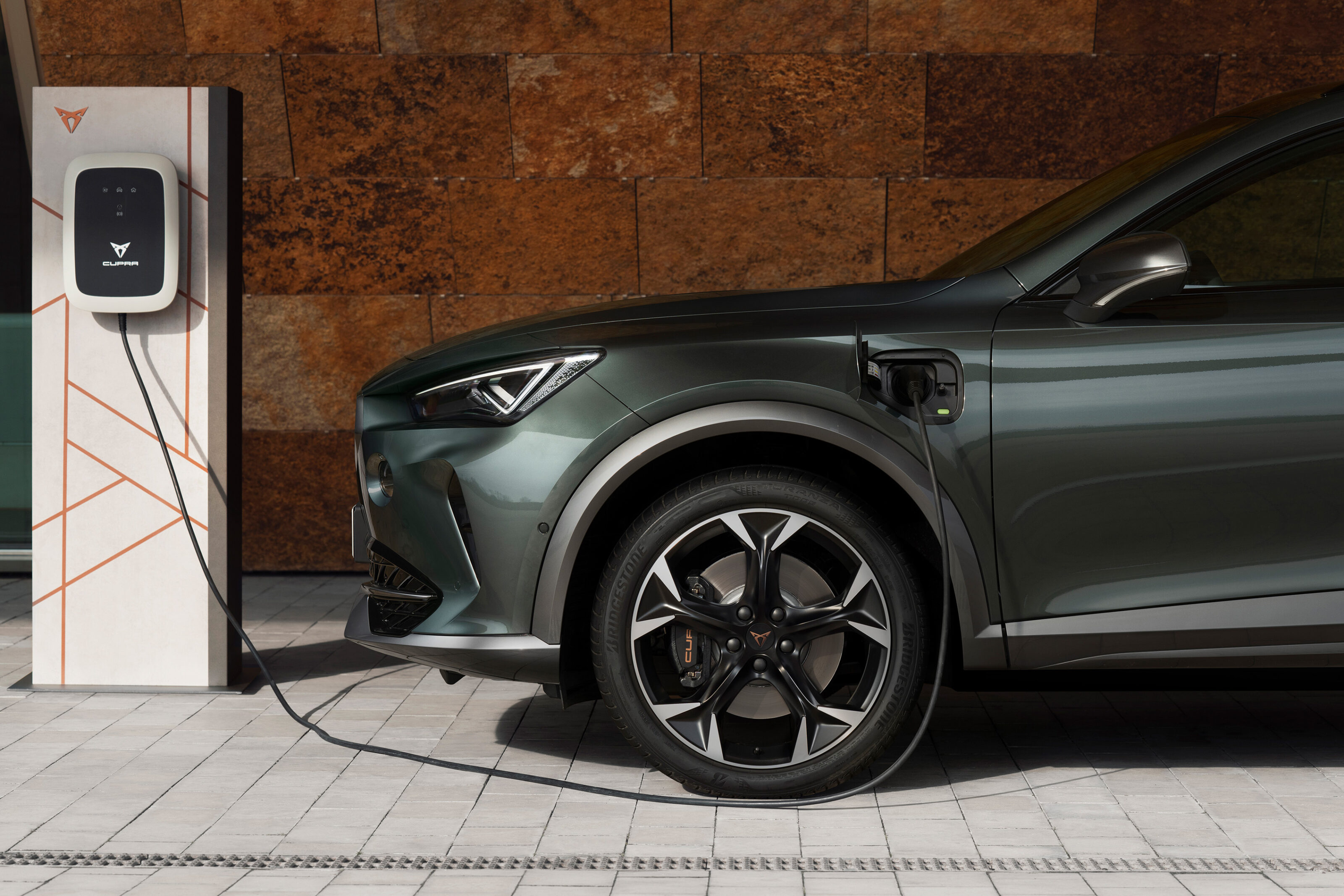
When you consider that 94 per cent of UK journeys are less than 40km, according to the Society of Motor Manufacturers and Traders (the British equivalent of Australia’s FCAI), the Formentor E-Hybrid makes a lot of sense. It is quite pricey to buy, but we’d put it at the top of our list of favourite Formentors – which is good, since it’s likely to account for half of all models sold globally.
What didn’t we like about the PHEV? We couldn’t find a regenerative braking mode, which is strange since equivalent Volkswagens offer this, and it was a shame we never saw more than 37km on the e-range.
What’s the 306bhp 4Drive range-topper like to drive?
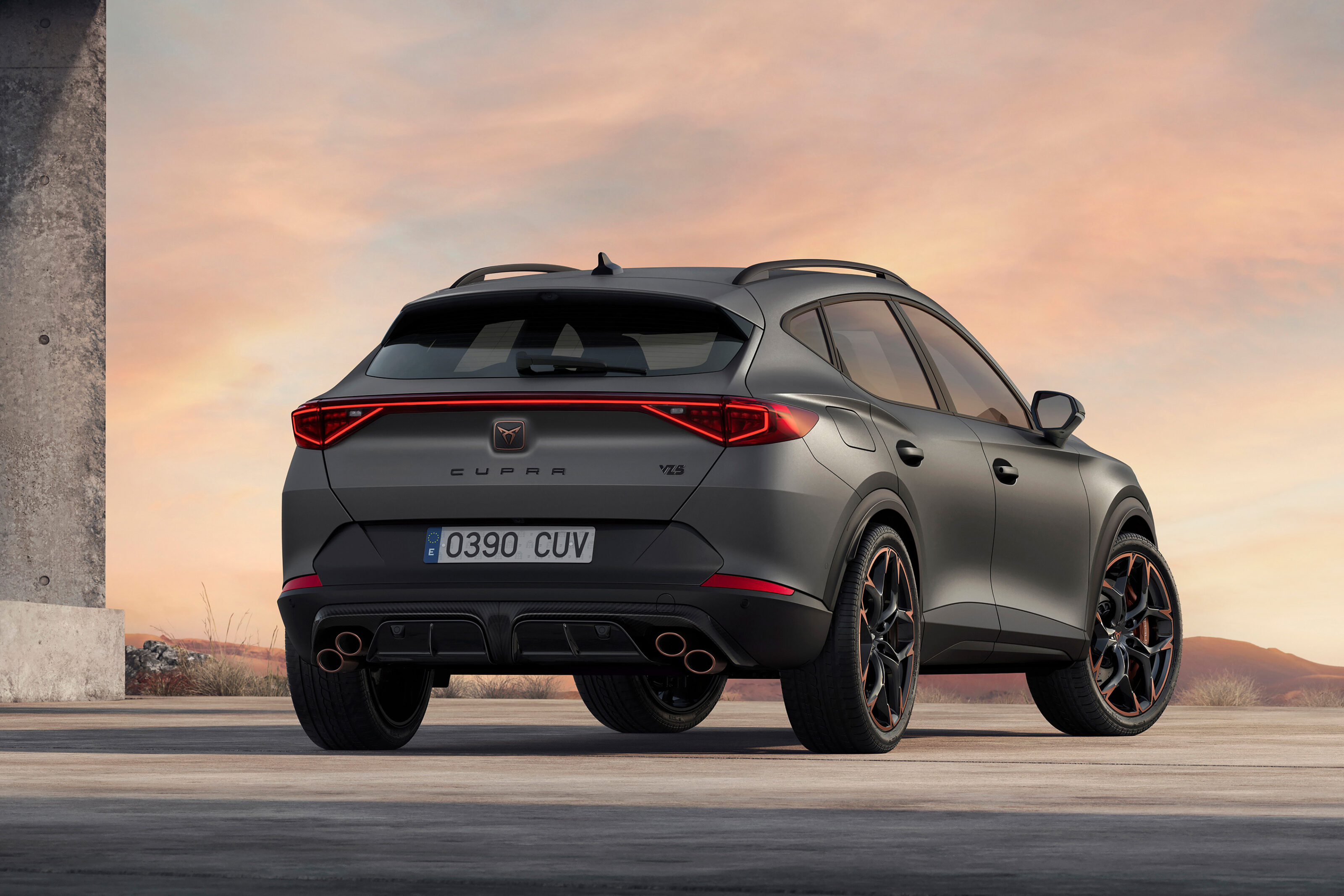
This flagship Formentor (for now) has five drive modes (or profiles, in Cupra-speak): Comfort, Sport, Cupra, Individual and Off-Road. You can toggle through them using the circular button on the bottom left of the sporty steering wheel, which irritatingly only cycles in one direction.
Another bugbear is that the tiny graphic that displays which mode you’re in gets overlaid with sat-nav instructions, making it impossible to change drivetrain, chassis and suspension profiles when directions are coming thick and fast – unless you poke through touchscreen menus.
We start in Comfort mode. The steering is light and direct, and pleasingly pointy at low speeds making the Formentor easy to manoeuvre. You may have a turbocharged 2.0-litre petrol engine at disposal, mustering 228kW and capable of a 4.9sec 0-100km/h sprint, but in Comfort the fast Formentor can feel a docile thing.
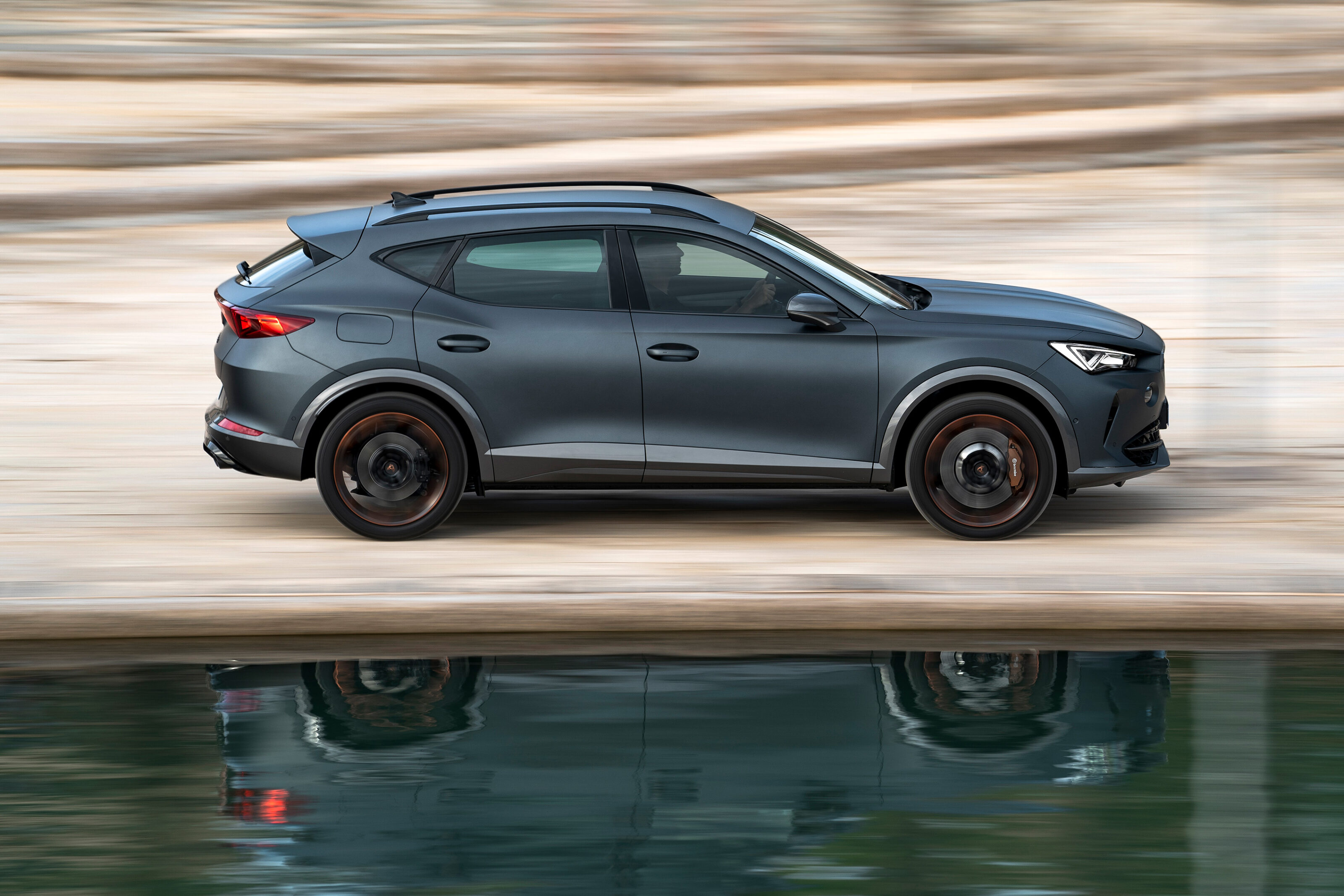
The suspension conveys an underlying tautness, but generally the adaptive dampers (fitted from the mid-level VZ1 trim up) ensure an acceptable ride, though that’s a matter of personal taste. The Bridgestone Turanza tyres can grumble on rough tarmac at 50km/h, but that’s accentuated by this mode’s generally quiet demeanour.
On the motorway at 110km/h, the 19-inch wheels only occasionally thump through craters or over crests, there’s an underlying hum of rubber on road and the engine cruises quietly at 2100rpm. A coast function lets it slumber briefly, if you lift off.
Jam down the accelerator pedal and things change dramatically. The Formentor squirts forward like toothpaste being expelled by the force of an elephantine stomp, accompanied by a baritone drilling that eases into tenor as you change from second to third gear. It’s ferociously, incessantly fast, on demand. The brakes bite hard to wipe it off too.
The blown 2.0-litre has catapulted a host of Volkswagen Group cars – Golf R, T-Roc R, Audi SQ2 and the Cupra Ateca. This Formentor shades them all on peak power, but offers the same relentless wave of propulsive torque as its peers, through a seven-speed dual-clutch transmission feeding all four wheels when need arises.
Sounds ballistic. What happens when you turn it up to 11?

Engage Sport, and you immediately notice the accelerator become more responsive, eliminating the extra travel needed to launch this crossover. The software also holds the revs higher, eliminating the occasional lowdown blip of whistly turbo spool-up in Comfort. Similarly, Sport eliminates the steering’s lightness, injecting a little more directness and heft to the rack.
Switch it up again and Cupra turns the steering into a nightclub doorman – heavy-set but surreptitiously alert. It reminds me of piloting RS Audis. The exhaust comes alive, relaying a constant, percussive burble into the cabin and, under load, an urgent roar. But it doesn’t pop and snarl like a Mercedes A45 AMG or the T-Roc R with Akrapovic exhaust.
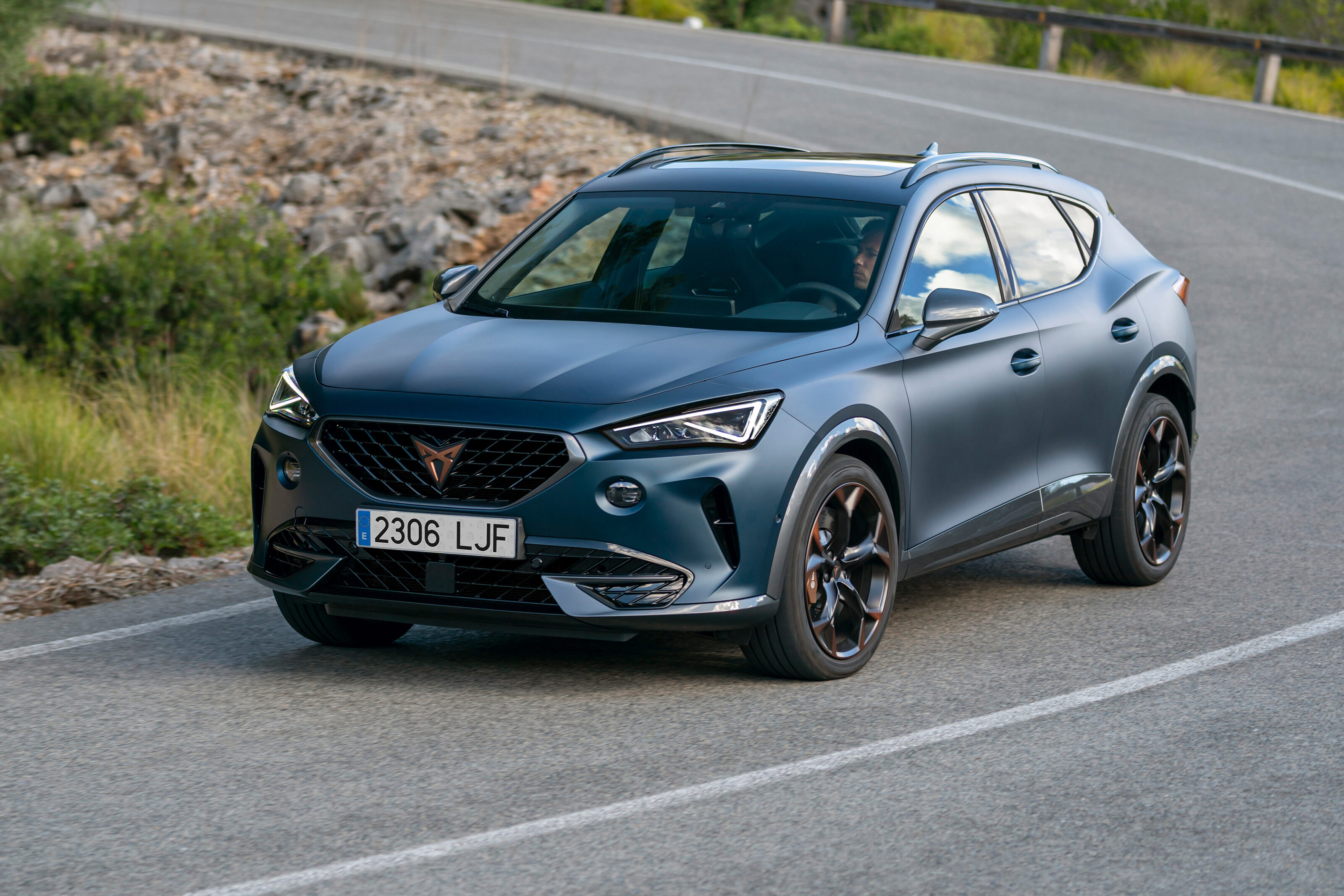
The damping also becomes pretty fierce, lashing down the body and transmitting the road’s contours like a stone being dragged across the seabed. There’s an Individual mode too, where you can mix the parameters, and use a slider to select from 15 damper settings. But you’ll need patience and a seismometer to detect the differences. The grades allow multiple cornering attitudes from the stability program too.
So there’s plenty of customisation available. Personally I’d default to the tactility of Sport’s steering and throttle settings, though the downside is the rev-happy transmission map: the simple workaround is to shift via the switchblade-quick steering wheel paddles.
All-wheel drive for good traction in bad weather

High-performance Volkswagen Group cars are unimpeachable on wet, greasy roads, a capability built on four decades of all-wheel drive mastery. The Formentor’s computer-controlled, electro-hydraulic 4Drive system can decide within milliseconds if it needs to send torque to the rear axle, by engaging a multi-plate clutch between the end of the tailshaft and the rear diff. The Cupra can also optimise traction across an axle by braking a wheel if it detects any slip and channeling power laterally.
The afternoon of our test day is blighted by torrential rain, but that’s of no concern to the Formentor. Long stretches of wide, straight road offer the possibility to hurtle past multiple cars at a time, the four-pot bellowing vigorously.
Up comes a sodden roundabout. An ageing silver CLK convertible gingerly creeps forward like a reluctant coastal swimmer on a chilly day; the Formentor tips in beside it, the front wheels find ceaseless grip, and the rear end gracefully pirouettes around following the nose’s lead. Then you power on in third gear. The adhesive but ballistic Formentor is among the best of VW Group’s high-performance SUVs.
Fuel consumption might have you pondering hybrid
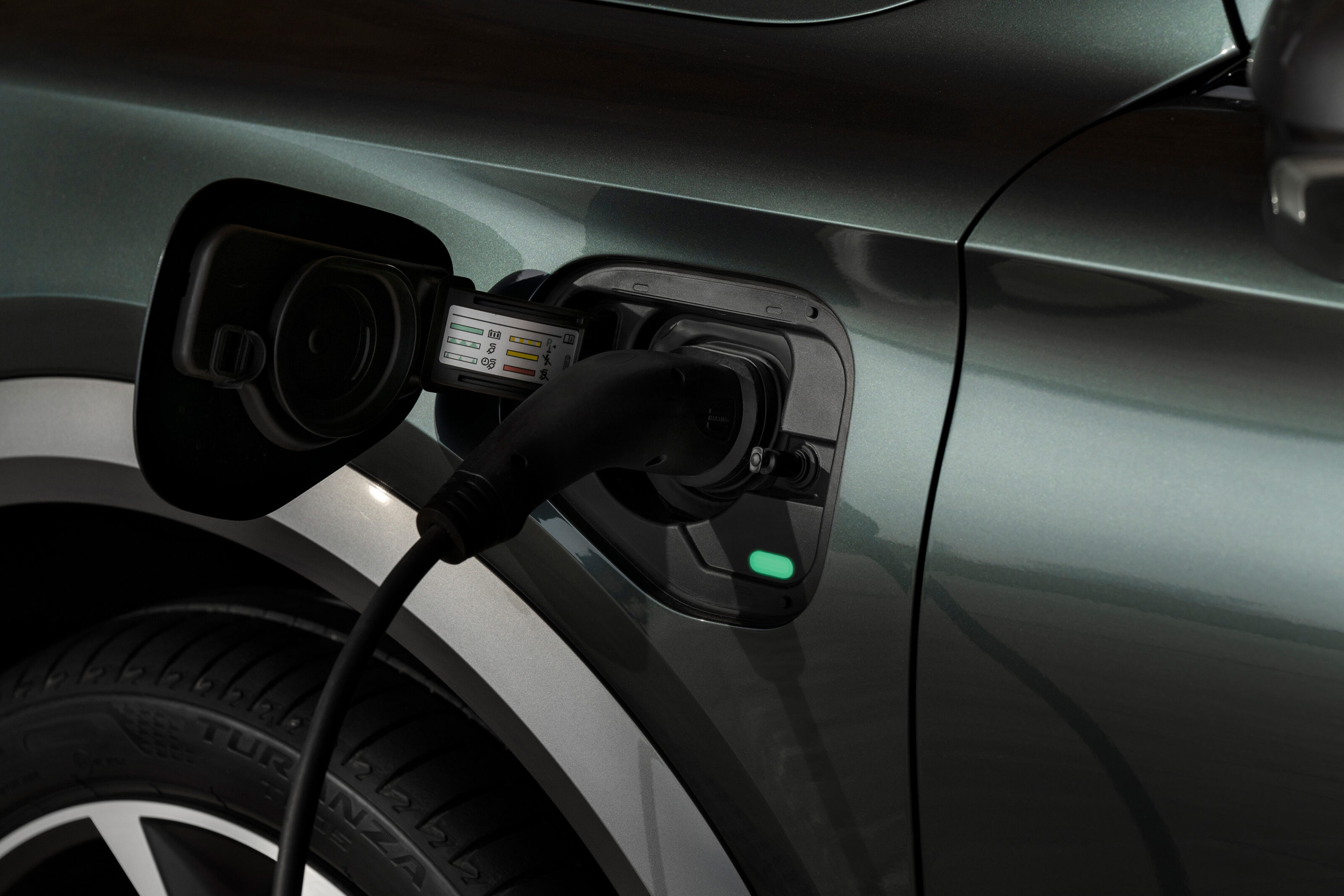
There’s a downside to all this performance: low fuel economy. On the WLTP test cycle, the 228kW Formentor 4Drive VZ Edition returns 8.5-9.0L/100km. The best we managed in a couple of days was low 14s on the trip computer, though the 110kW V1 didn’t best that by much. The Formentor VZ Edition has a 55-litre fuel tank (five litres more than the base car), so you’ll be on very good terms with your local fuel station. Carbon dioxide emissions are a peaky 193g/km.
If your top priority is good fuel consumption, consider the plug-in hybrids. They combine a 110kW 1.4-litre petrol engine with electric motor assistance, driving the front wheels through a dual-clutch transmission.
VERDICT: Cupra Formentor E-Hybrid
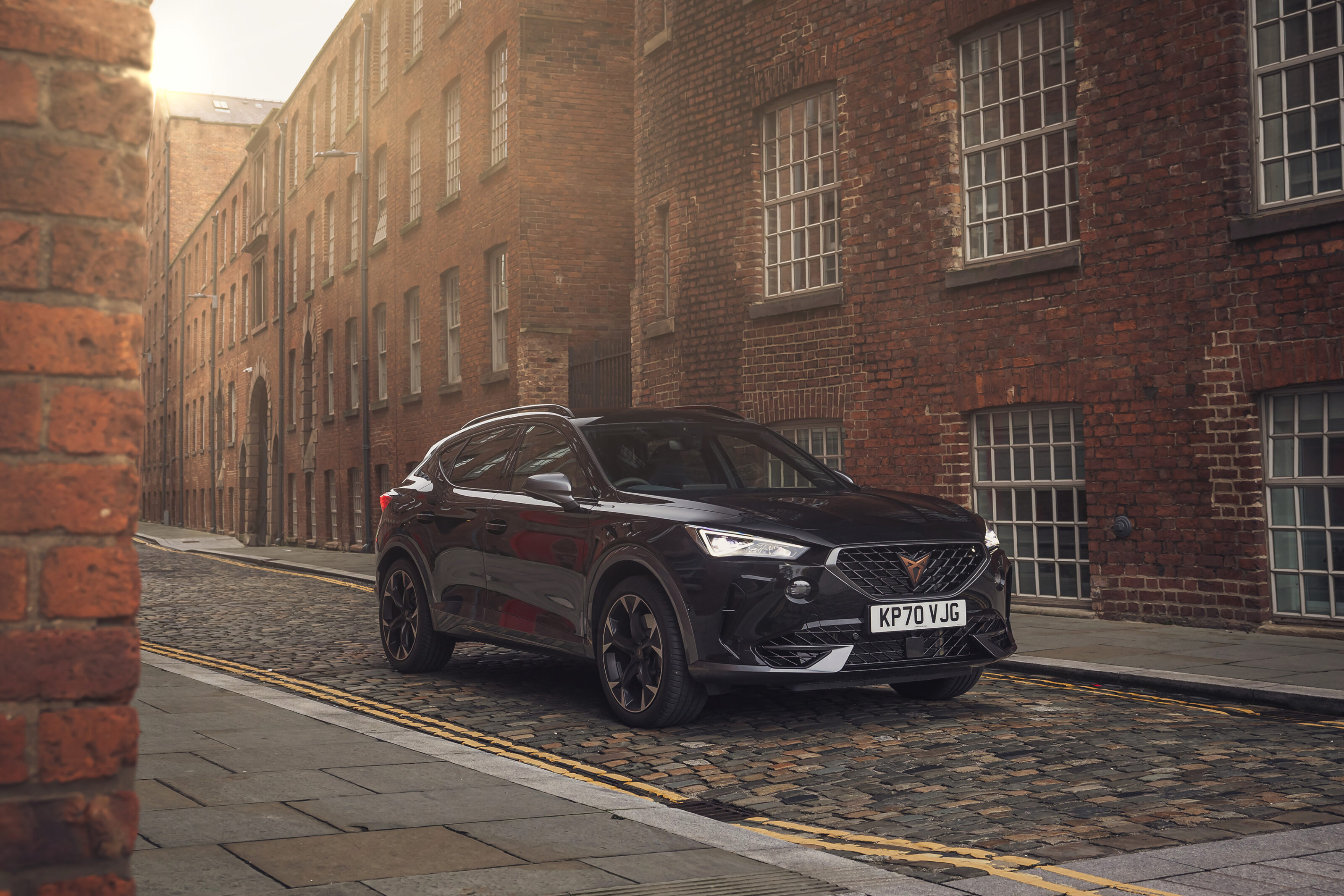
What to make of the first bespoke Cupra? The coupe SUV concept is very zeitgeisty, and with its vast rear passenger space and big boot, practicality has not been sacrificed for style. It’s a distinctive bodystyle wrapped in a cool design, and feels well-crafted and genuinely premium.
The 228kW, all-wheel drive, all-weather conquering VZ Edition is great fun, even if it feels anchored in Cupra’s past as SEAT’s trim level on Leon hot hatches. A ballistic crossover is a minority pursuit, but the good news is that the bum-basic four-pot V1 doesn’t leave you short-changed for dynamics, equipment or interior quality.
The world doesn’t need another car brand. But if you fancy something different, with a sufficiently sporty driving experience wrapped in a handsome and fresh body, then the Cupra Formentor is worthy of consideration.
This article was first published at Carmagazine.co.uk
UPDATE, June 25: Cupra’s Australian line-up has now been announced. Read more here.
Cupra Formentor E-Hybrid specifications
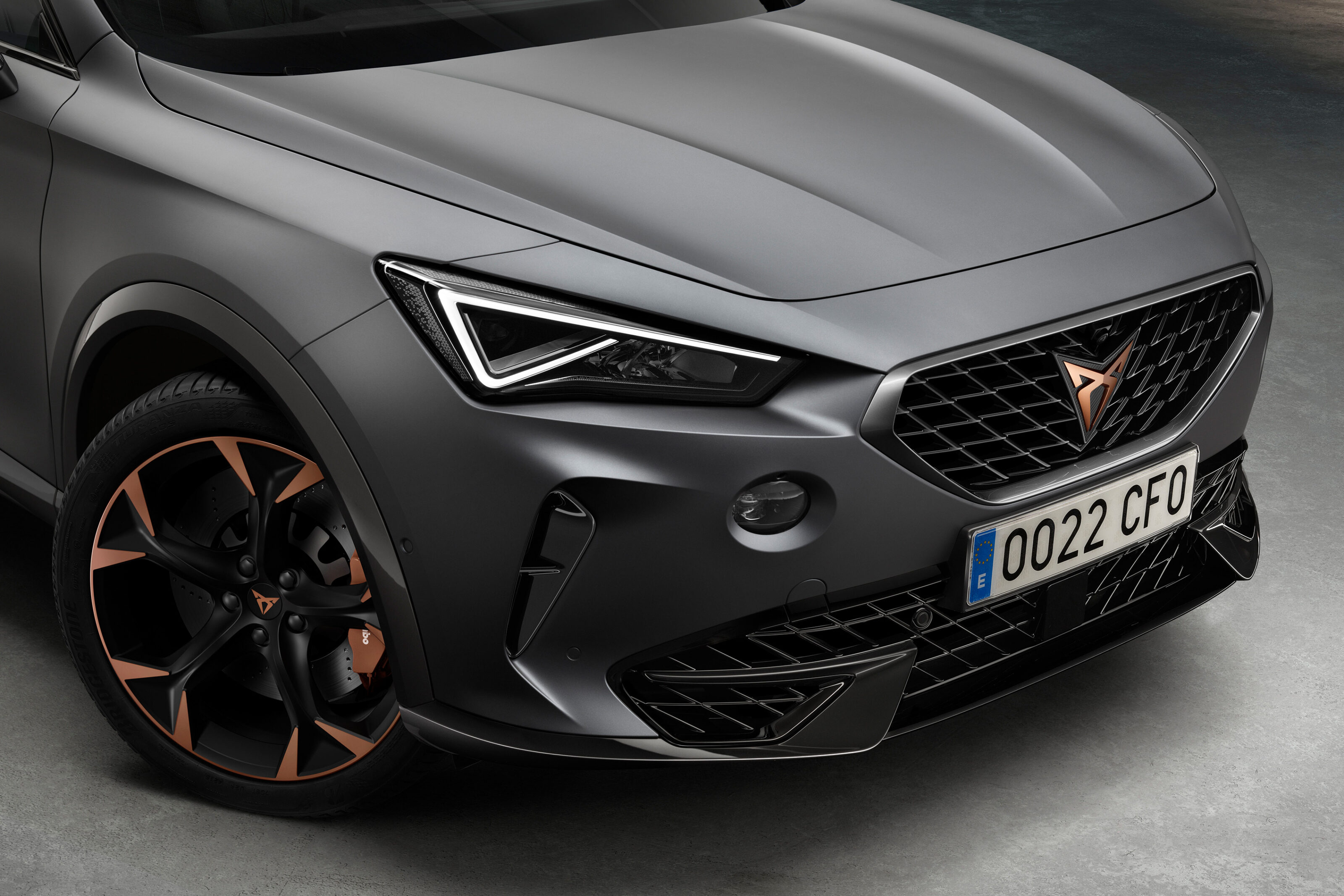
We recommend
-
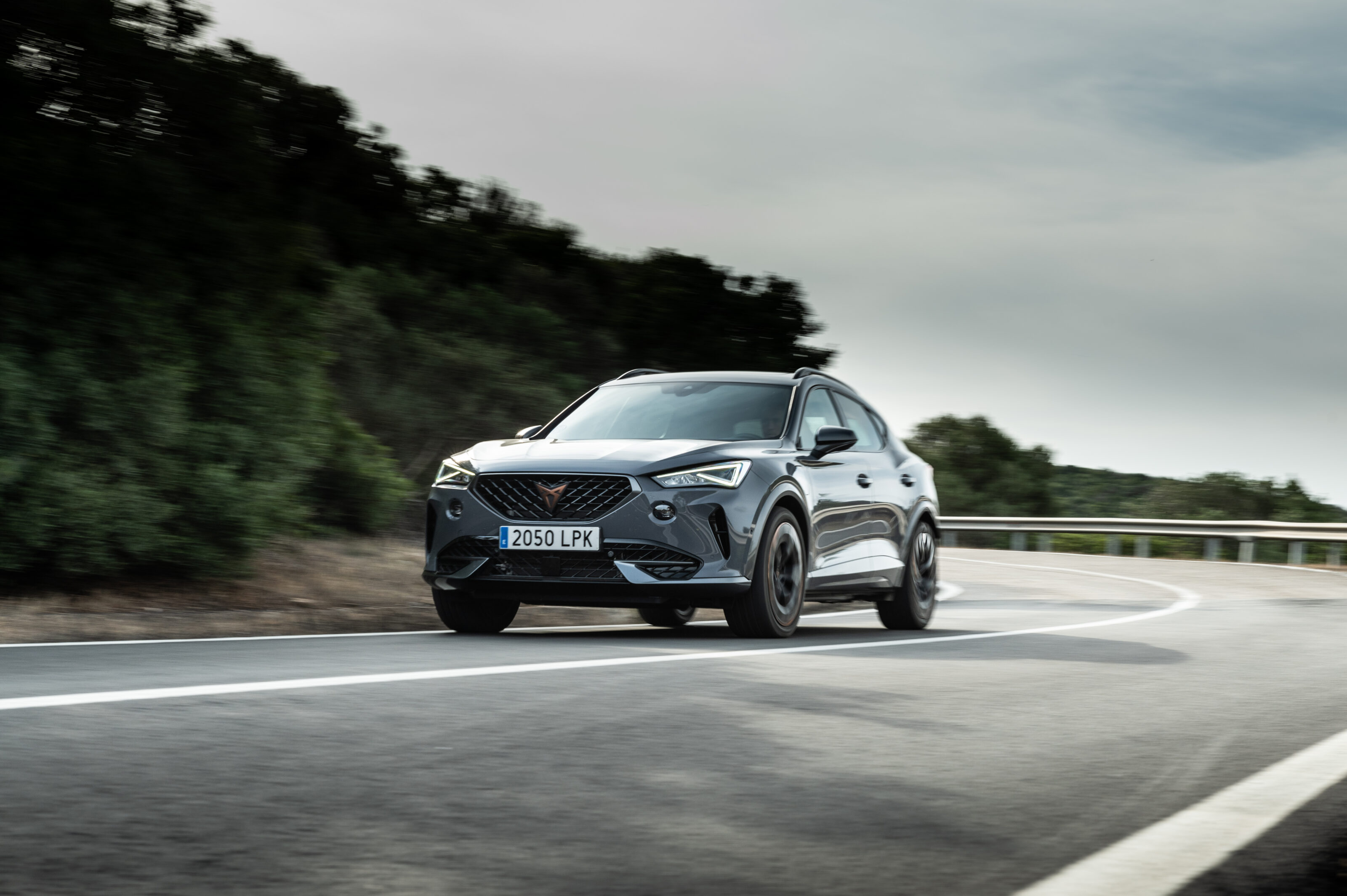 Reviews
ReviewsCupra Formentor E-Hybrid review
As the Cupra brand gears up for its Australian launch, we take a Formentor E-Hybrid through Sardinia in search of a spark
-
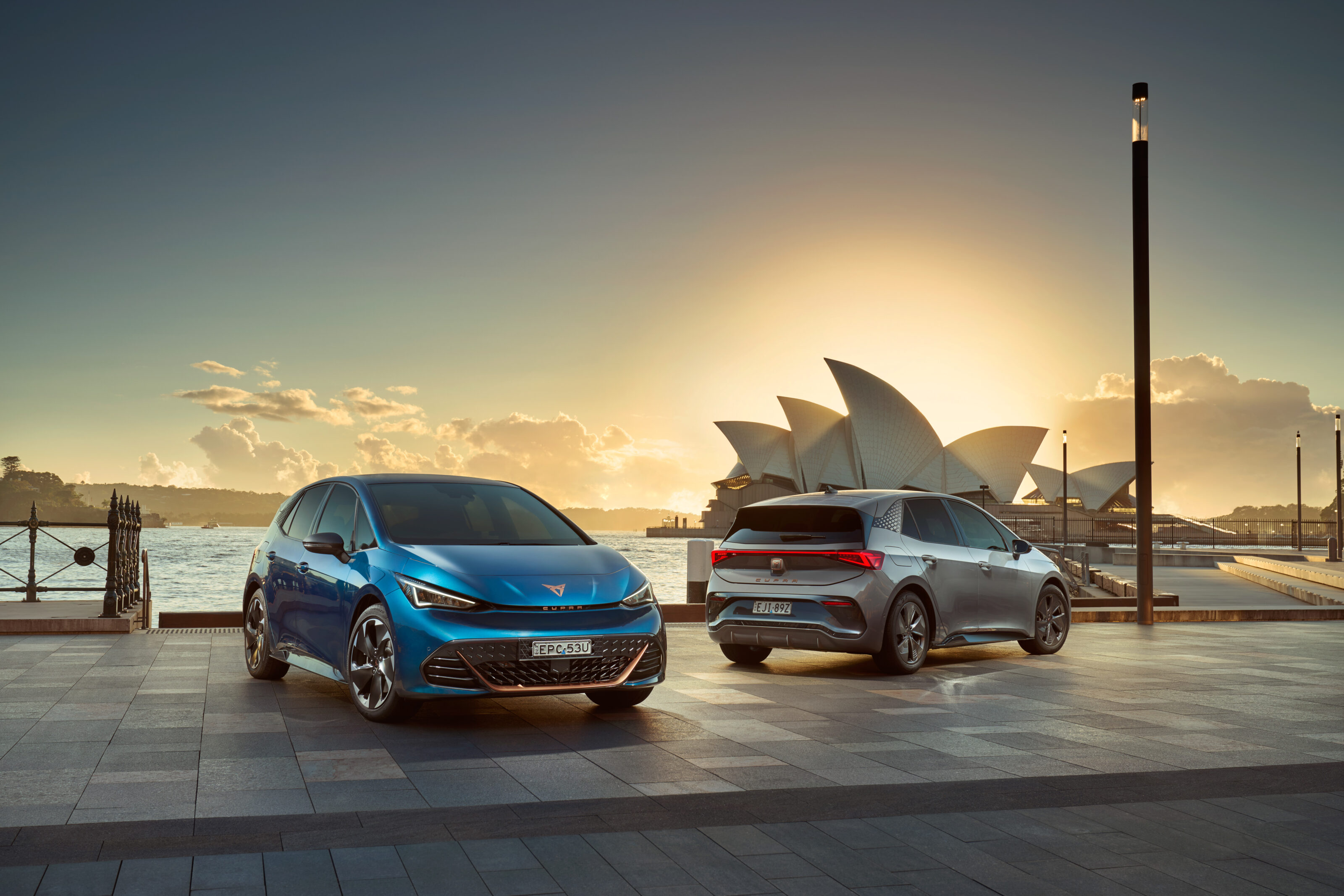 News
NewsCupra Australia: Everything we know so far about Spain's challenger brand
We go in-depth with the upcoming Cupra model line-up
-
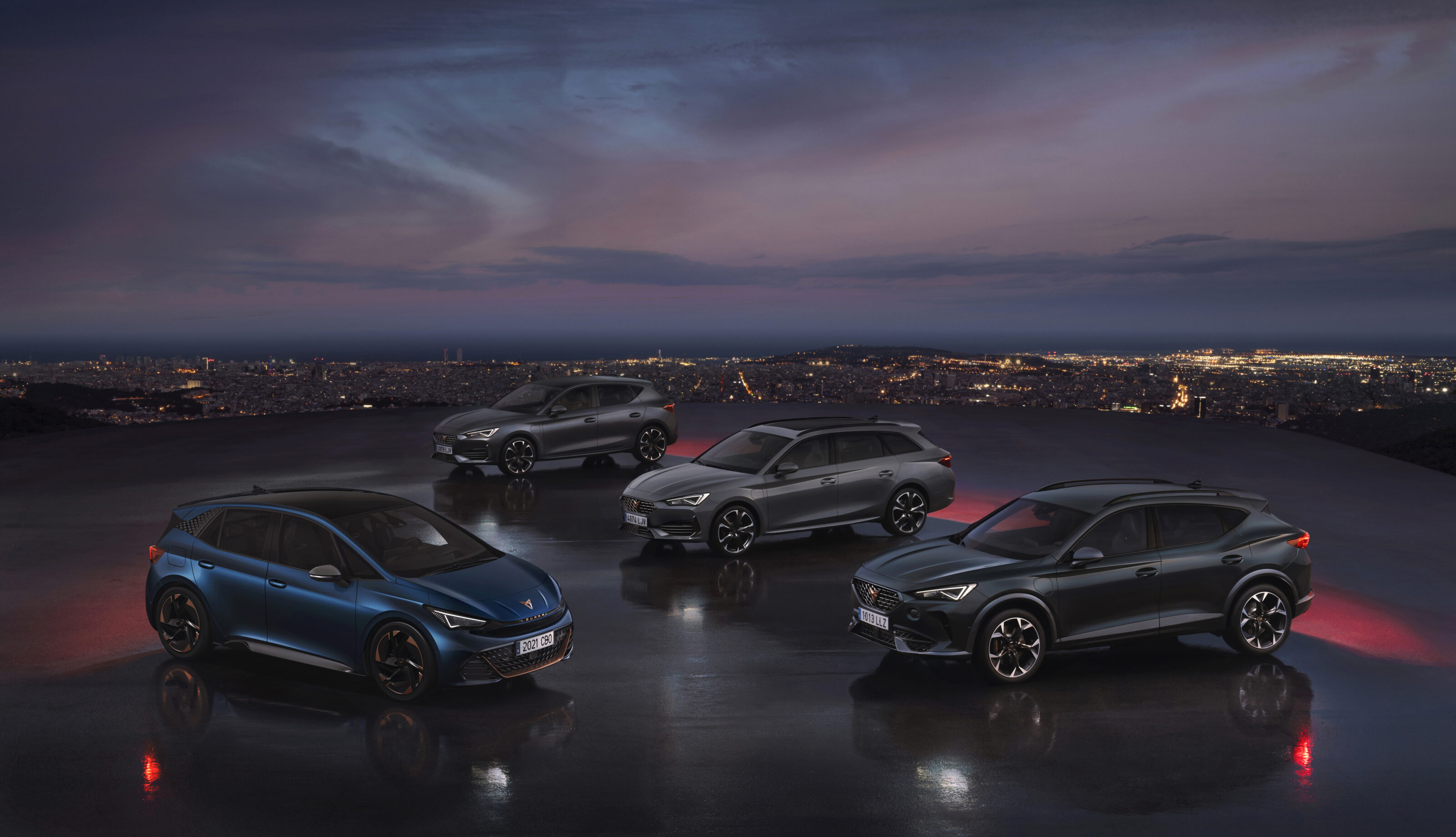 News
NewsCupra reveals line-up for Australian launch
VW-based performance brand set for a local berth

